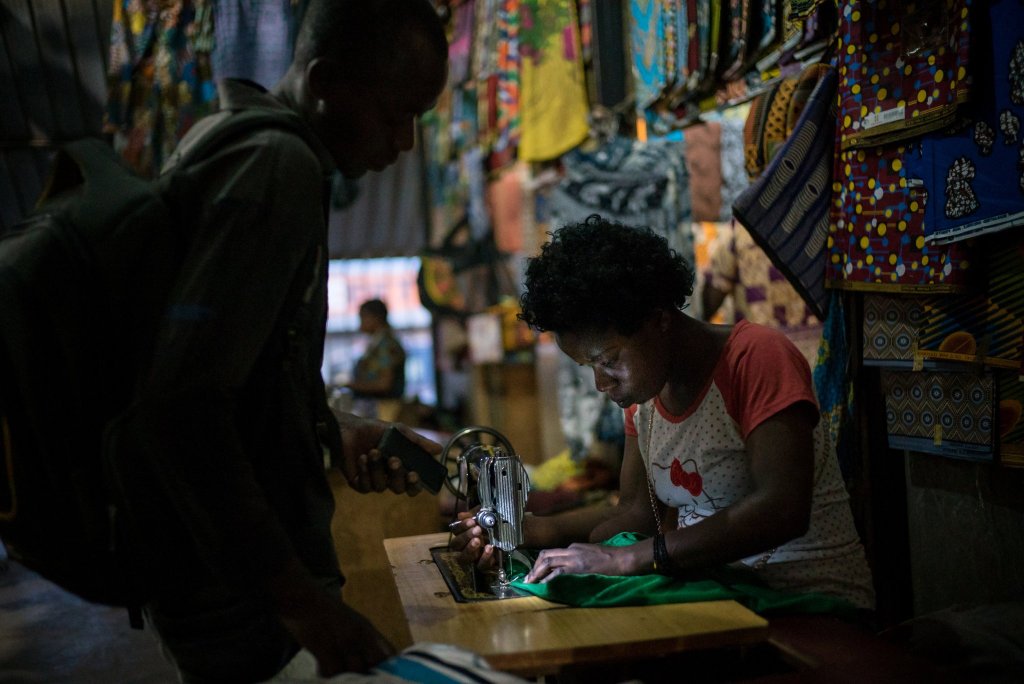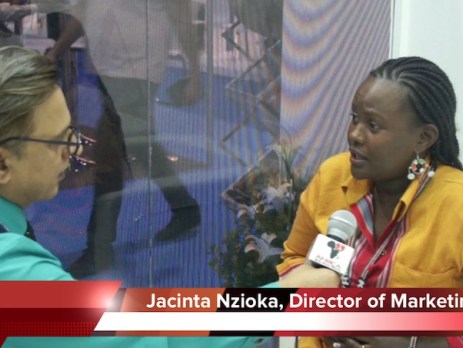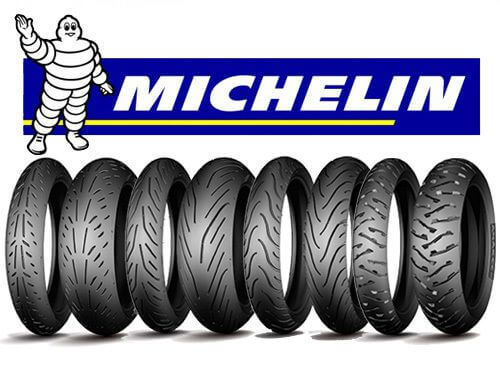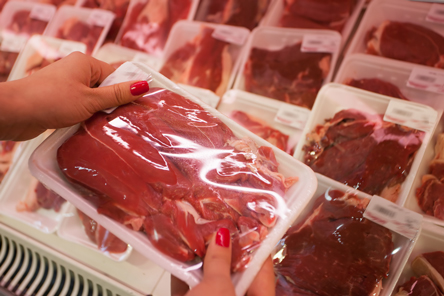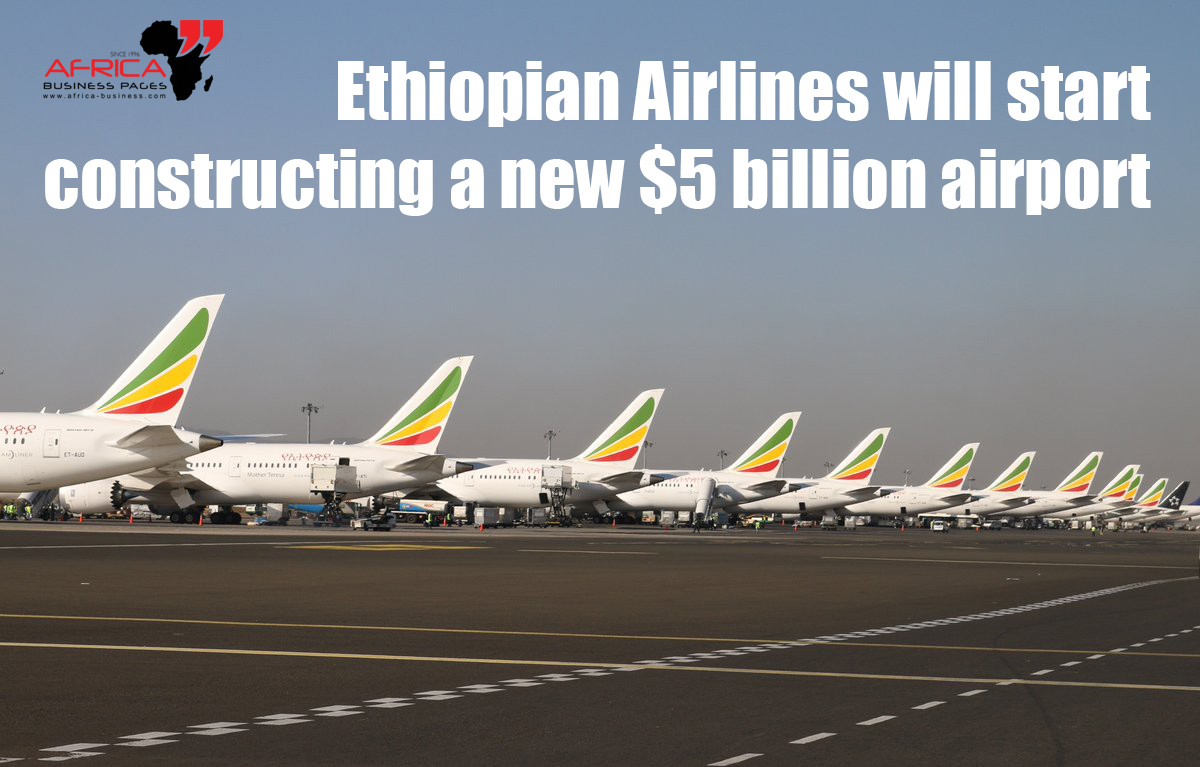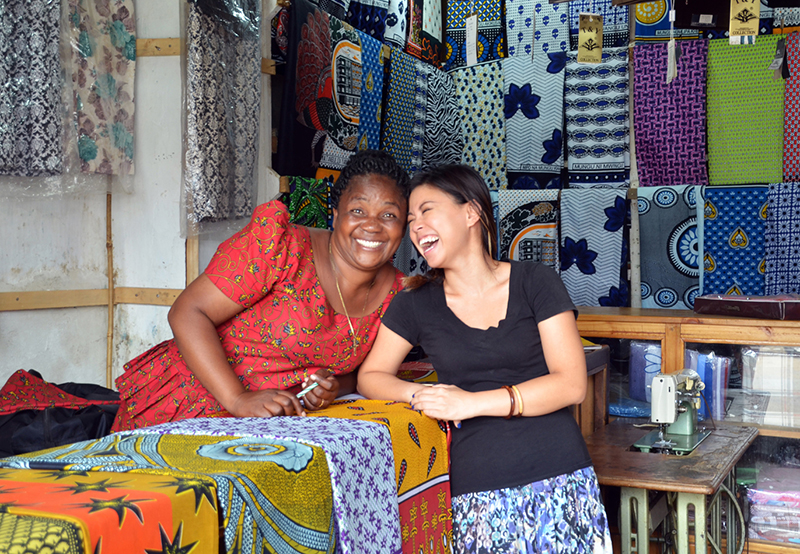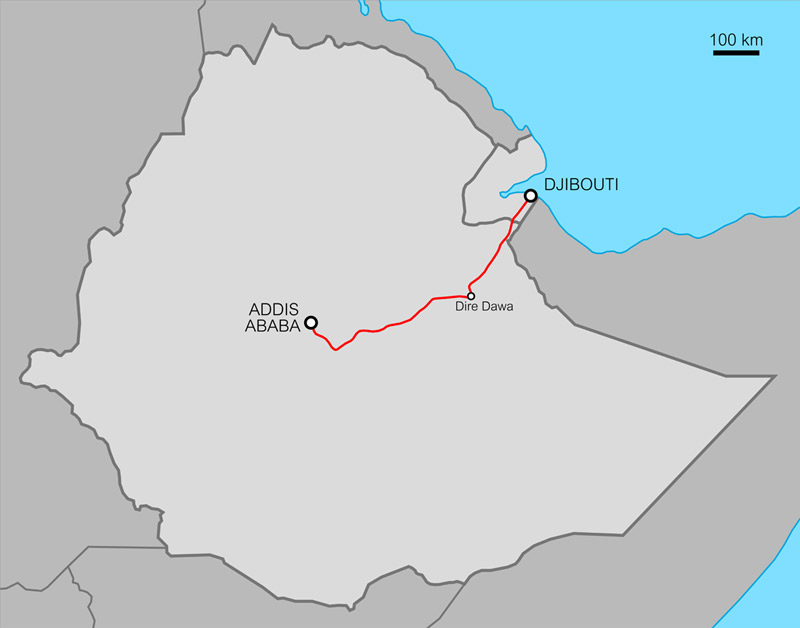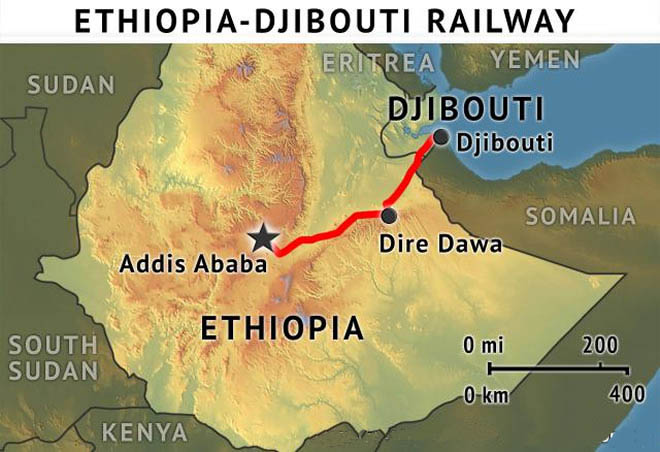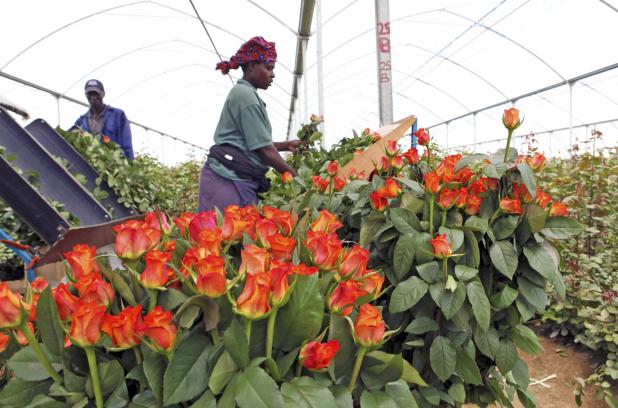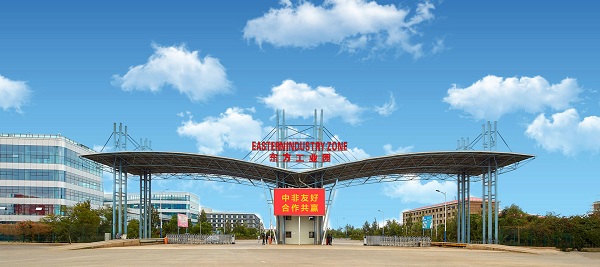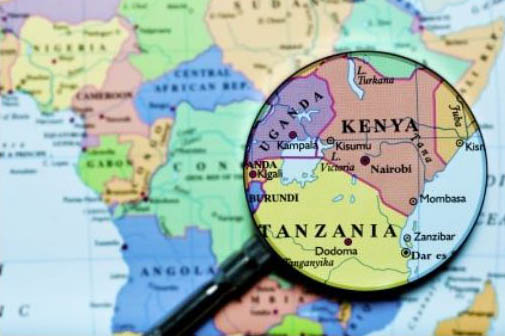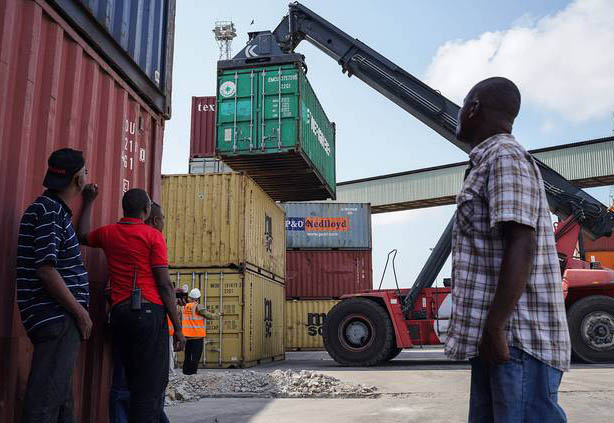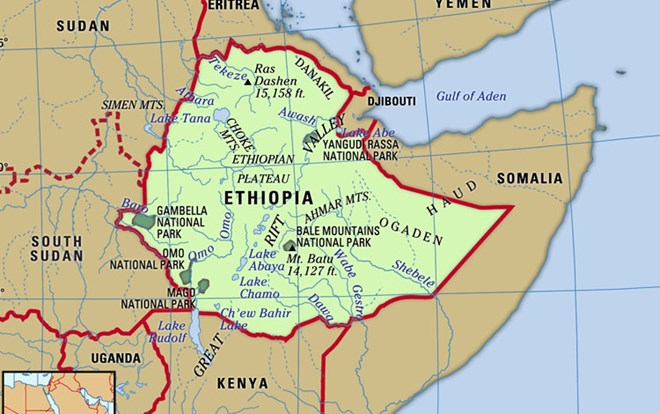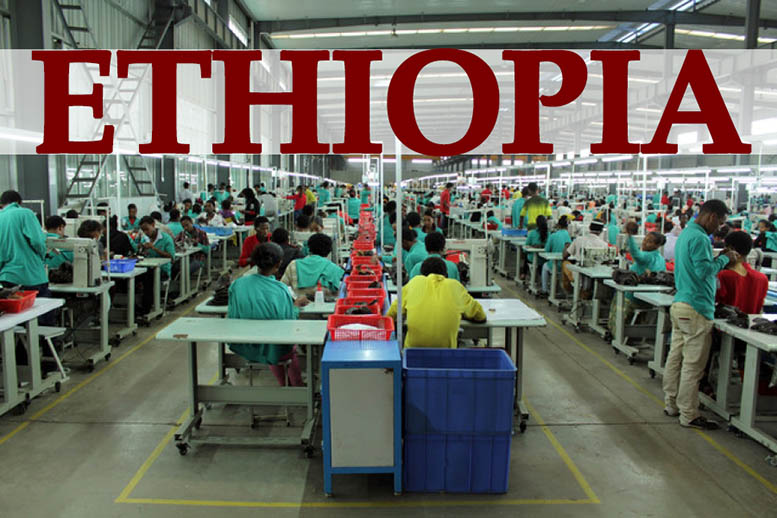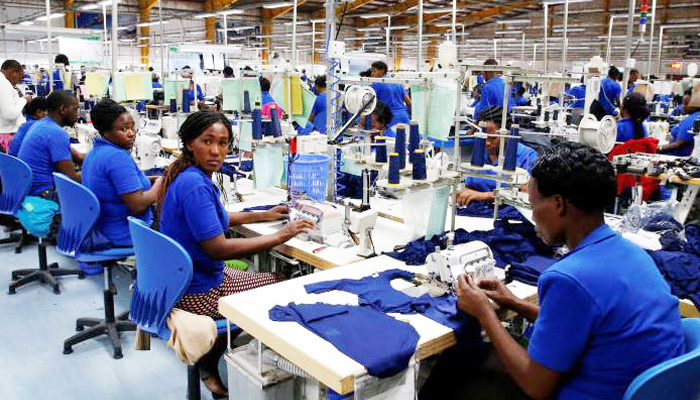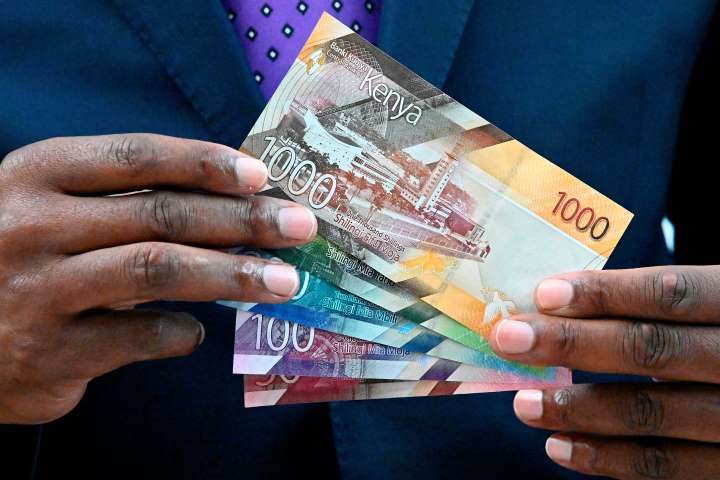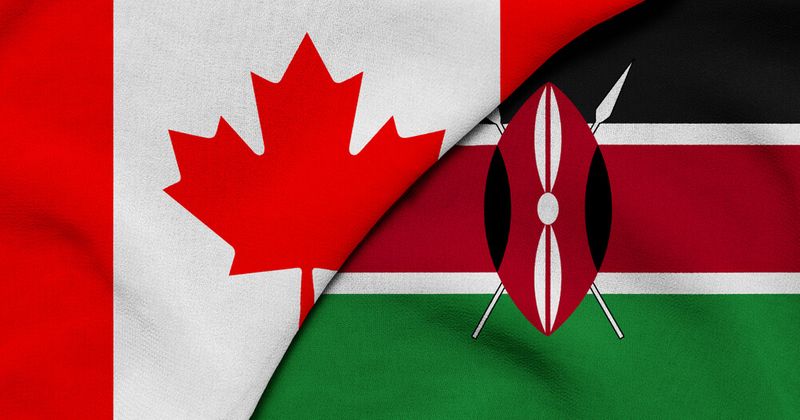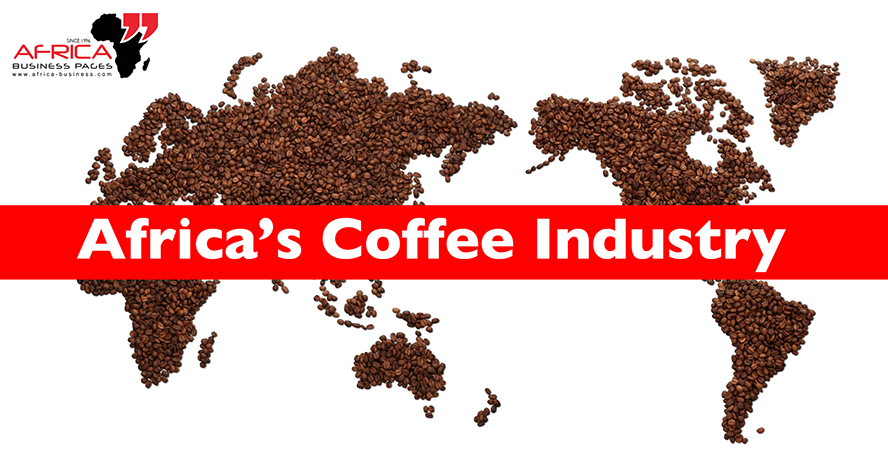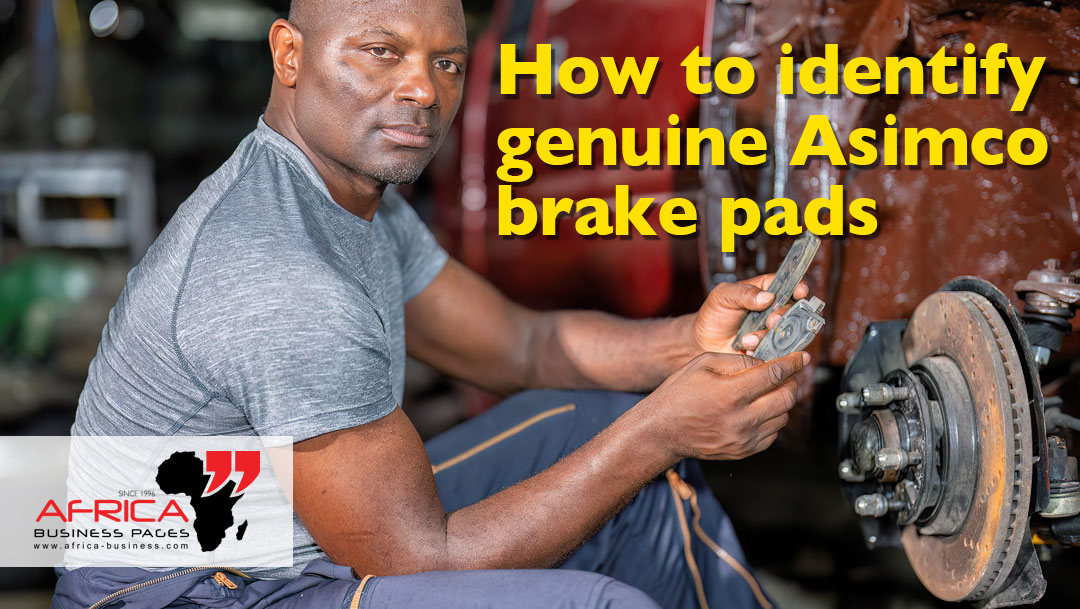The beauty and cosmetics industry in Kenya
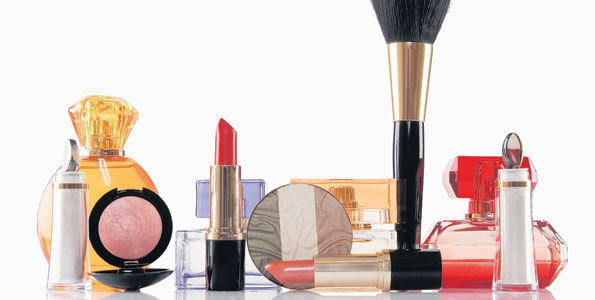
The beauty and cosmetics industry has become Kenya’s new hub of investment that is pulling in big money to establish new lines of business and to snap up successful enterprises through multi-million-shilling acquisition deals.
This is due to the economic restructuring and regional integration measures adopted by many governments in the region which has, in turn, created a rising middle class that craves for new consumer and luxury goods.
Cosmetics play an important role in enhancing one’s inherent beauty and physical features. Men have also joined this industry with a number of products designed for them lately, which was not the case before.
They are increasingly using cosmetics in their daily routine including various types of fragrances and deodorants. This growing demand for cosmetic products has, in turn, led to the growth of cosmetics market not only in Kenya but also across the world.
As far as Kenya is concerned, the key drivers of the Kenyan economy include a strong population growth, a growing number of people belonging to the middle-class and an educated workforce. Increased growth of the beauty and personal care market in Kenya, combined with the fact that Kenya is recognized as the sales and distribution hub for the larger East African market, has attracted many international brands.
Improvement and change in the current lifestyles of individuals have been among the key factors to the major growth of the Kenya Beauty and cosmetics industry. Consumers have now become more conscious regarding the usage of cosmetics in their daily lives in an effort to step up their style quotient and overall personality.
Clearly, this is a huge market where men and women splash on themselves to look good and smell nice. Major cosmetic companies in the country have been increasing their sales in emerging markets like Kenya, where the beauty industry is valued at over 100 billion shillings, as customers become more conscious about their looks and grooming.
As of 2017, Kenya’s color cosmetics market is estimated to be worth 5.4 billion shillings and is expected to grow to 6.6 billion shillings in 2018.
Kenya also benefits from a dynamic private sector in which Kenya seems to have become the regional leader. Therefore, Kenya presents promising opportunities in the beauty and cosmetics sector by offering avenues for greater regional expansion through its well-developed infrastructure.
The beauty and cosmetics market in Kenya is more mature and multinationals are edging out local companies.
But industry watchers say the country is about to hit a growth period, especially in the colour cosmetics field, as new brands enter the market. Due to its geographical position and relative market sophistication, Kenya is generally seen as a regional hub which provides entrance into the East African Community (EAC) region.
 Mid-market cosmetic brands like Victoria’s Secret, Sleek, Petal Fresh, Freeman, Mary Kay, Simple, Bath & Body Work, Black Opal, Flori Roberts, Ombia (Austria) are popular in Kenya. Locally produced emerging brands include SuzieBeauty.
Mid-market cosmetic brands like Victoria’s Secret, Sleek, Petal Fresh, Freeman, Mary Kay, Simple, Bath & Body Work, Black Opal, Flori Roberts, Ombia (Austria) are popular in Kenya. Locally produced emerging brands include SuzieBeauty.
Popular haircare and hair accessories brands include Golden Perfect, Imaj, Fashion Idol, Hair Culture, Organics, Rio, Glitter & Glam, Africa’s Best, Alba Botanica, Avalon Organics, Lady Rainbow, Freeman, L’Oreal, Babyliss, Ceriotti. Grape and Eve. Kenya’s use of personal care cosmetic products ranks third behind South Africa and Nigeria in sub-Saharan Africa. In the coming 5 years, beauty and personal care market is expected to see a steady increase in volume, increased competition among local and international players and widening of product base to suit varying consumer profiles.
Distribution Channels
The increasing reach of retail outlets in residential areas and their ease of accessibility for local residents have made these the preferred channels of distribution to reach consumers in Kenya’s urban centres. In recent years, the rising popularity of mall-culture among the Kenya’s urban population has further strengthened the value of this important distribution channel to reach Kenya’s rising middle class. However, most middle- and lower income group consumers still purchase their products from outdoor markets and supermarkets, which stock a wide variety of products at affordable prices. The high-income consumer groups however prefers to do their buying at health and beauty retailers located in wealthier residential markets and shopping malls.




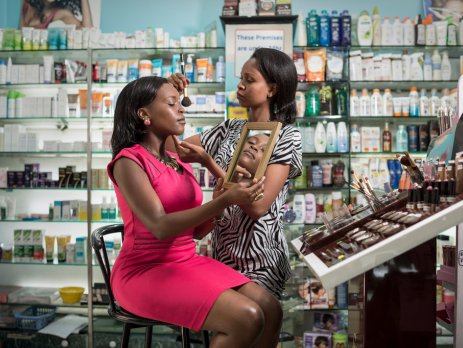
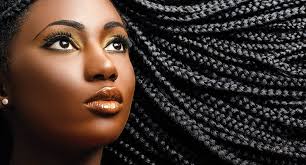

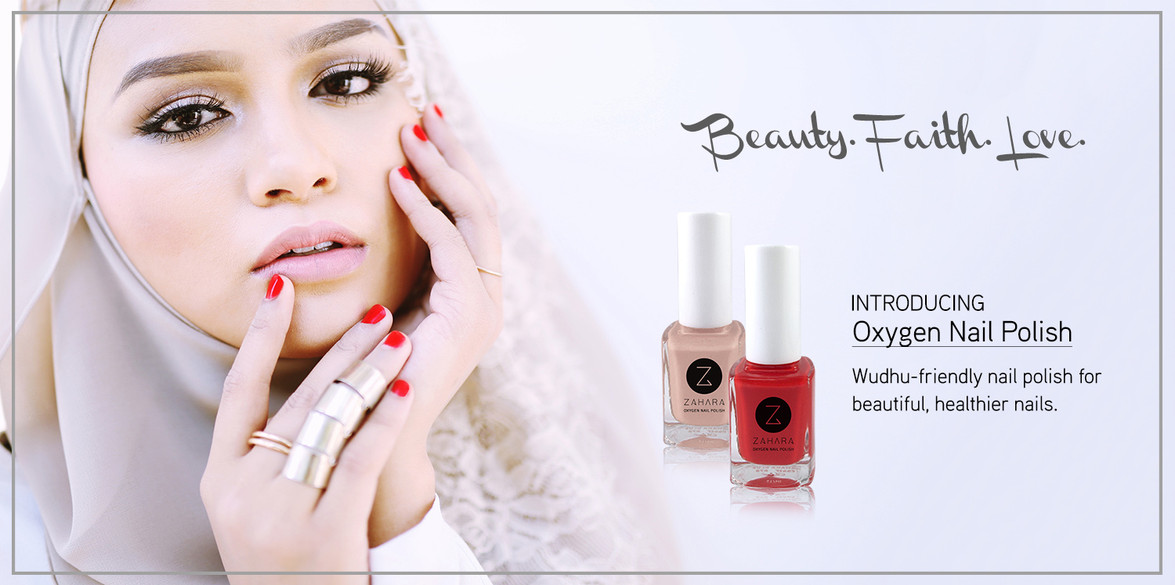
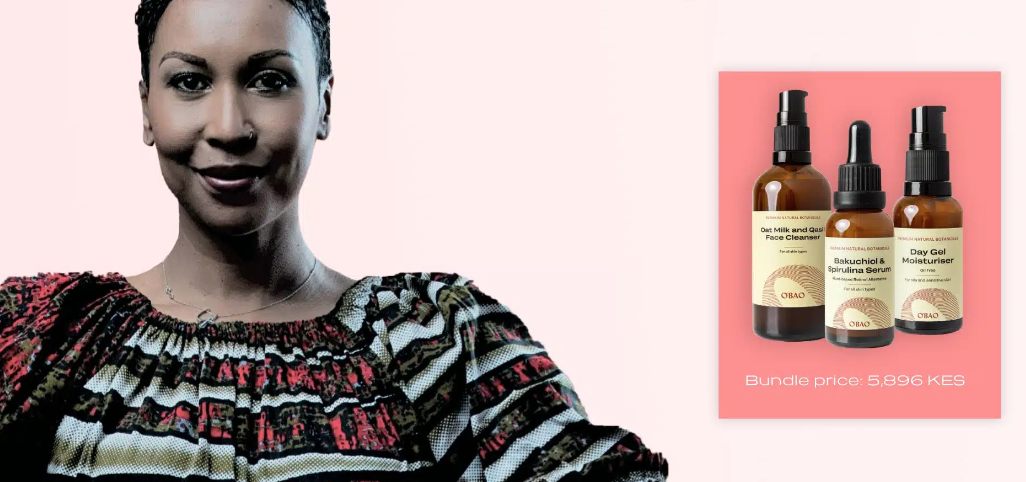

.png)
